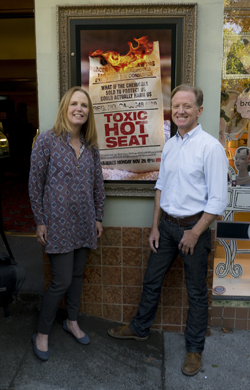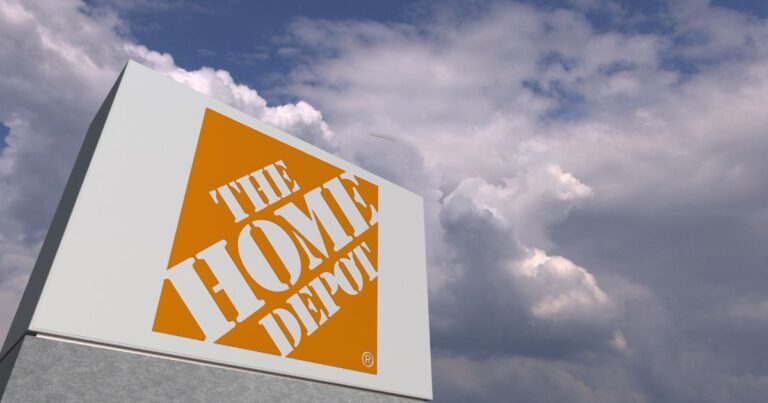I had the opportunity to interview the James Redford and Kirby, filmmakers of “Toxic Hot Seat“, a new documentary about toxic flame retardants, their health effects and our weak state and federal laws.
Tell us a little bit about the documentary “Toxic Hot Seat”.
Redford: Why do we have so many chemical flame retardants in our homes when they don’t work and they very well might make us sick? The answer leads to a dark intersection of power, profit, and politics. However, “Toxic Hot Seat” demonstrates that democracy still has a chance when diverse groups of journalists, mothers, scientists and firefighters come together for fight for the good of us all.
What inspired you to create this documentary?
Redford: Future generations will look back and wonder why we allowed so many untested chemicals into our homes and bodies. The first thing that comes to mind is ignorance–an ignorance nurtured and sustained by the tobacco and chemical lobbies for four decades. As filmmakers and concerned citizens are inspired to do our part, we will bring an end to this ignorance.
What was one of the most shocking things you learned along the way?
Redford: Citizens For Fire Safety defined itself as a broad coalition of everyday folks concerned about protecting all of us from fire. Then some Pulitzer prize-winning journalists revealed that this broad coalition–with videos and websites touting its populist spirit–was in fact, a clearly designed front-group for the flame retardant industry.
Of the films that you’ve made, how was this one different?
Redford: So many investigative documentaries end at the point of revelation, the ringing of the alarm bell. However, we were very fortunate to bear witness to the enduring power of good journalism and a determined citizenry. Lies were revealed and state regulations were reversed. Now onward to reforming the Toxic Substances Control Act! (Lindsay’s note: TSCA is our federal law on toxic chemicals that is badly broken)
What was your favorite moment or thing during creation of this film?
Redford: What an honor it was to film in San Francisco Firehouse #1, the second busiest house in the nation. To see these fine men go about their job with purpose and enthusiasm–no existential angst for these folks. These heroes are getting hit the hardest by fumes emitted by the burning of flame-retardant furniture. It’s time to fix that.
What is something you want people to take away from this film?
Redford: We think nothing of asking the federal government to protect from foreign and domestic threats. To protect our shores, our cities, our homes. Why, then, do we not ask them to protect us from the very real threat of toxic exposures in our homes? If more people understood this essential disconnect, we might see some real changes.
What gives you hope for the future?
Redford: When we first started working on this film, we asked ourselves a question: can everyday folks still make a difference? Over the next six months, we bore witness to the end of Technical Bulletin 117–all because of the hard work of firefighters, journalists, scientist and concerned mothers. If that doesn’t give you hope, then what would?




